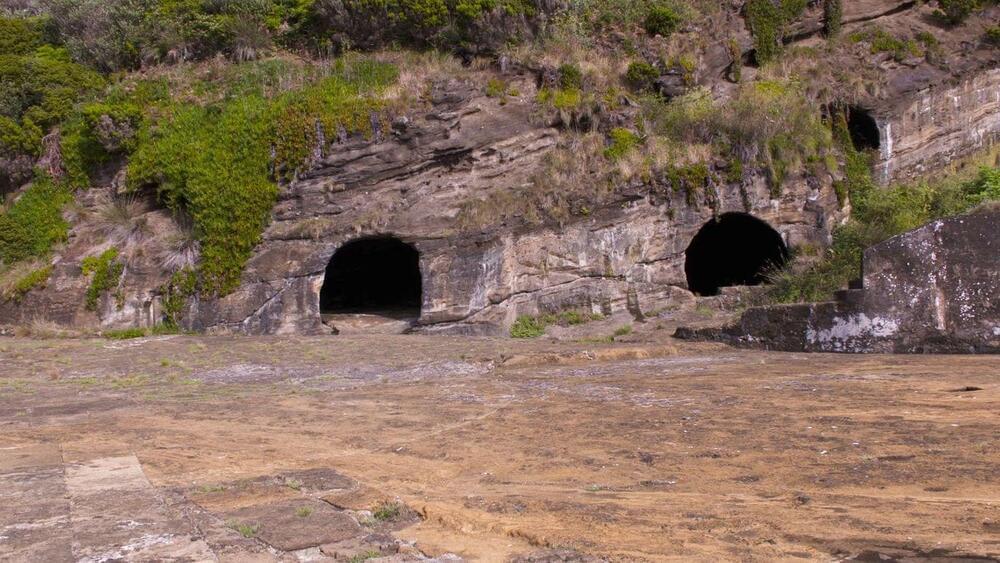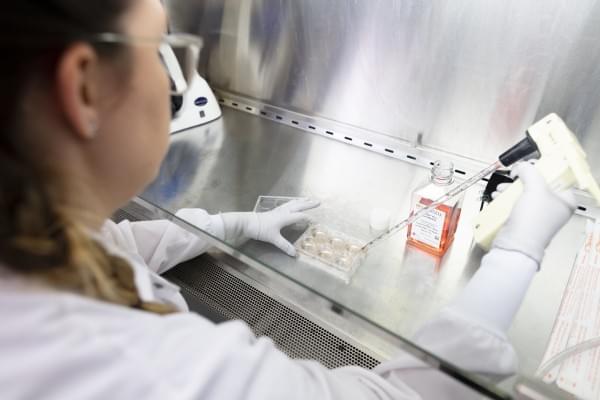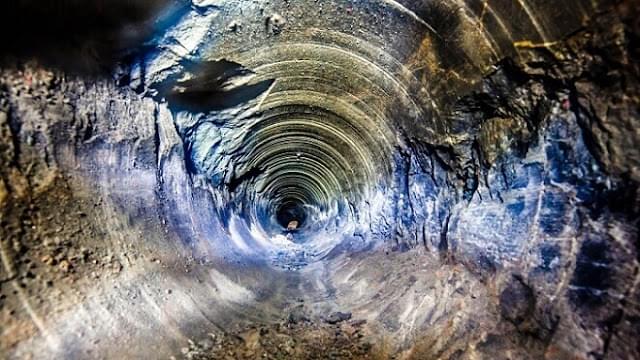History books tell us that Portuguese navigators found the Azores islands uninhabited in the middle of the Atlantic during the early 1400s. But some intriguing constructions suggest that people occupied this area long before. So, who was this civilisation, and why did they leave? Video by: Next Stop Stories Narrator: Sam Hartford Executive Producer: Griesham Taan Follow BBC Reel on Twitter, Instagram, Facebook and YouTube.









